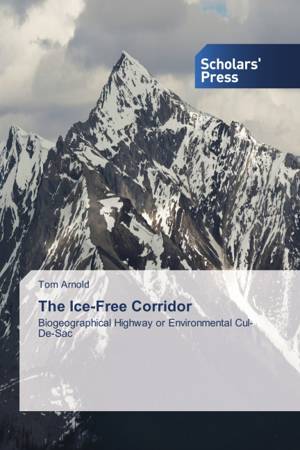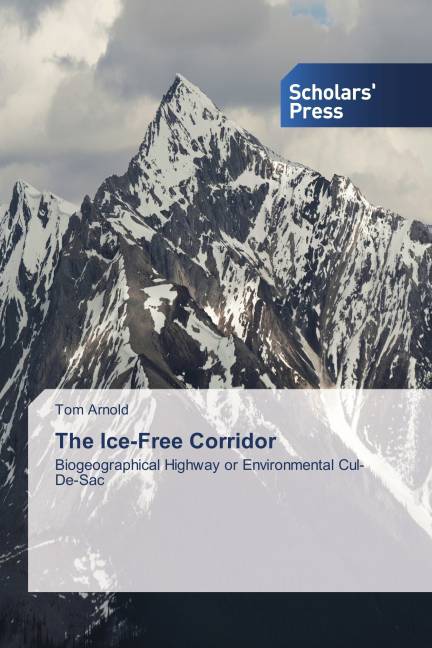
- Afhalen na 1 uur in een winkel met voorraad
- Gratis thuislevering in België vanaf € 30
- Ruim aanbod met 7 miljoen producten
- Afhalen na 1 uur in een winkel met voorraad
- Gratis thuislevering in België vanaf € 30
- Ruim aanbod met 7 miljoen producten
Zoeken
Omschrijving
As a theoretical concept, the ice-free corridor has given researchers a recognizable route for the Late Wisconsinan human colonization of the Americas. This book re-examines that potential role by critically assessing plant and animal remains radiocarbon dated to between 9000 B.P. and 20000 B.P. To meet its theorized role as a north-to-south Late Wisconsinan human migration route the corridor must fulfill two criteria: 1. that eastern Beringia could have supported human populations before Clovis appeared ( 11500 B.P.) south of the ice sheets; and 2. that evidence from the corridor area shows that it was a biogeographic corridor capable of supporting human life. The results support the first criterion but not the second. It was concluded that the ice-free corridor could not have been used as a north-to-south human migration route during the Late Wisconsinan.
Specificaties
Betrokkenen
- Auteur(s):
- Uitgeverij:
Inhoud
- Aantal bladzijden:
- 260
- Taal:
- Engels
Eigenschappen
- Productcode (EAN):
- 9783639667844
- Verschijningsdatum:
- 14/11/2014
- Uitvoering:
- Paperback
- Afmetingen:
- 150 mm x 220 mm
- Gewicht:
- 386 g

Alleen bij Standaard Boekhandel
+ 230 punten op je klantenkaart van Standaard Boekhandel
Beoordelingen
We publiceren alleen reviews die voldoen aan de voorwaarden voor reviews. Bekijk onze voorwaarden voor reviews.








